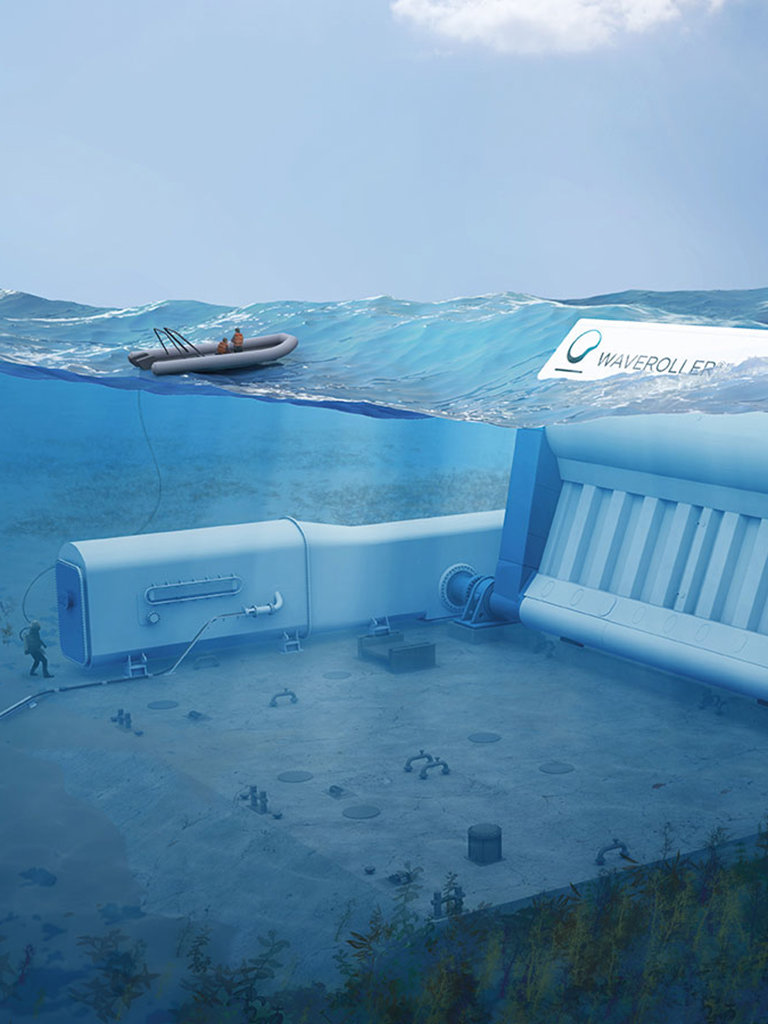
The next big thing: ocean energy
Special Report: Offshore renewables
By Jurjen Slump
When you consider offshore energy, you usually think of wind, sun and hydrogen. But that is only part of the story. Tides, waves and temperature variations in the sea are also sources of renewable energy. By 2050, ocean energy will also be satisfying some of our energy demands and helping us to meet the goals of both the Paris Climate Agreement and the European Union.
It has huge potential: in 2050, ocean energy will be able to generate 750 GW of renewable energy, which is enough to supply power to 350 million households worldwide. Research indicates that it will also create over 650,000 new jobs.
Ocean energy is energy generated by tides, waves, blue energy whereby energy is derived from the difference between freshwater and seawater, and Ocean Thermal Energy Conversion (OTEC). This latter technology involves generating energy using the differences in temperature between cold ocean water at great depth and the warmer water at the surface. This technology is particularly promising in the tropical waters around the equator.
TU Delft Ocean Energy Platform
TU Delft conducts research into ocean energy. The focus is on tide energy, energy from waves, and OTEC. The technical challenges are considerable. The more extreme the waves, for example, the more energy you can generate. But the technical installations must be able to withstand the sheer ferocity of these extreme conditions.
All these fields of expertise are combined in the TU Delft Ocean Energy Platform, which has set up a joint funding and research agenda.